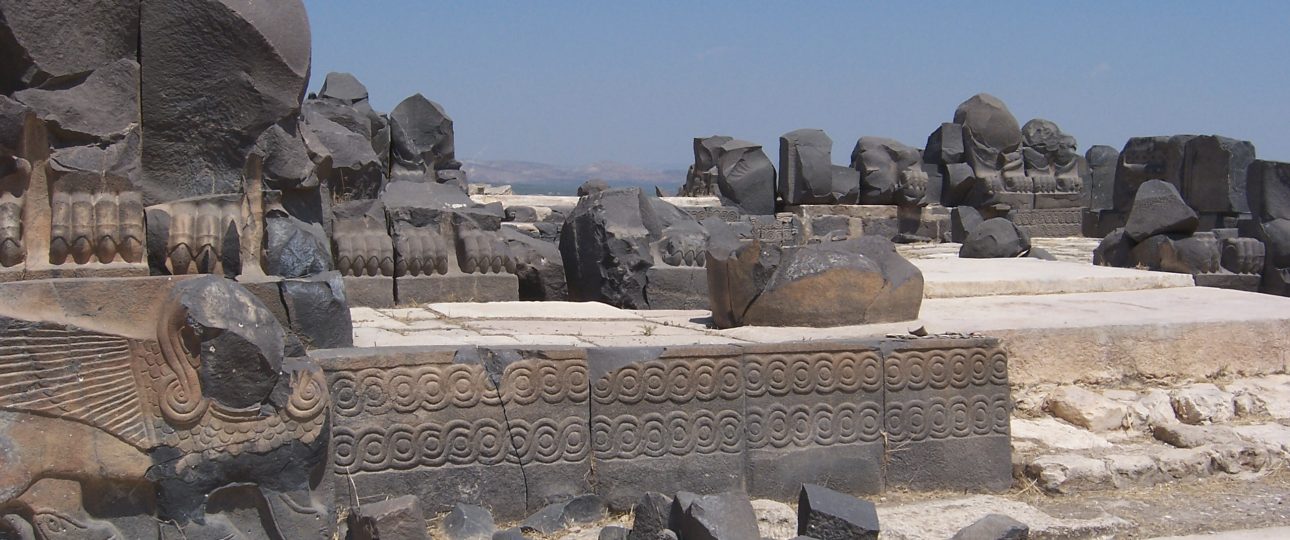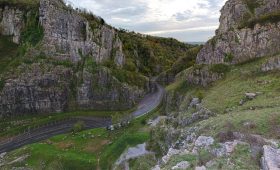Exploring Ain Dara: A Journey Through Time
Located in northern Syria, Ain Dara is a village that offers a fascinating glimpse into ancient history. Situated about 49 kilometers northwest of Aleppo, this site is renowned for its archaeological significance, particularly the Ain Dara Temple. The temple, a relic of the Iron Age, is a testament to the architectural prowess of the Syro-Hittite civilization.
Historical Significance of Ain Dara Temple
The Ain Dara Temple is an archaeological marvel, often compared to Solomon’s Temple due to its architectural similarities. According to excavations led by Ali Abu Assaf, the temple dates back to around 1300 BC and was in use until approximately 740 BC. This timeline suggests that the temple predates the First Temple in Jerusalem. The temple’s design includes a rectangular antecella, a square cella, and a surrounding gallery, all adorned with intricate basalt sculptures depicting lions and sphinxes, reminiscent of the cherubim of the First Temple.
One of the most intriguing features of the Ain Dara Temple is the massive footprints carved into the floor, each about one meter long. These are believed to represent the footprints of a deity, although their exact significance remains a topic of debate among historians.
Visiting Ain Dara
Reaching Ain Dara involves a bit of planning. The nearest major airport is Aleppo International Airport, located about 70 kilometers away. From there, travelers can hire a taxi or take a local bus to reach the village. It’s crucial to stay updated with the latest travel advisories due to the ongoing situation in Syria.
Once in Ain Dara, the village is small enough to explore on foot. For those who prefer a guided experience, hiring a local guide can provide deeper insights into the area’s history and culture. The temple itself is situated on a mound at the east bank of the Afrin River, offering picturesque views of the surrounding landscape.
Best Time to Visit
The ideal time to explore Ain Dara is during the spring (March to May) and autumn (September to November) when the weather is mild and conducive to outdoor activities. Summers can be particularly hot, making exploration less comfortable.
Challenges and Considerations
Travelers should be aware that the Ain Dara Temple suffered significant damage during the Turkish military operation in Afrin in January 2018, with reports indicating that at least 60% of the structure was reduced to rubble. Additionally, the site’s iconic basalt lion was stolen in 2019. Despite these challenges, the site remains a poignant reminder of the region’s rich history.
Practical Travel Tips
- Stay hydrated and carry a water bottle, especially during warmer months.
- Wear comfortable shoes for walking and exploring the site.
- Respect local customs by dressing modestly and being mindful of cultural norms.
- Bring essentials like sunscreen, insect repellent, and a first aid kit.
- Don’t miss the opportunity to try local cuisine, which offers a taste of traditional Syrian flavors.
A visit to Ain Dara is not just a journey through history but also an opportunity to experience the resilience of a culture that has withstood the test of time. Despite the challenges, the site continues to captivate those who venture to explore its ancient ruins and stunning landscapes.




